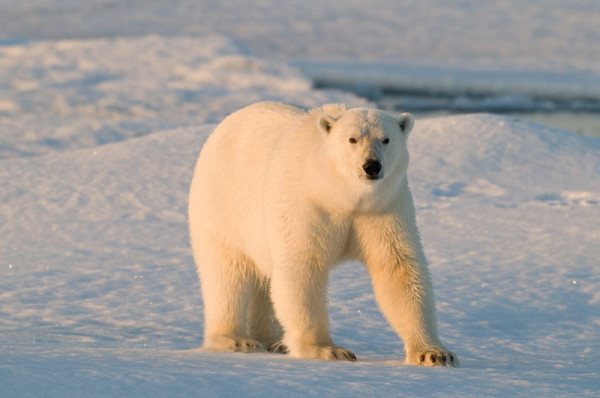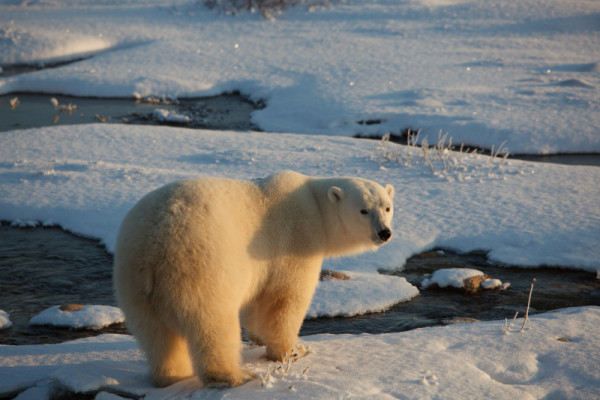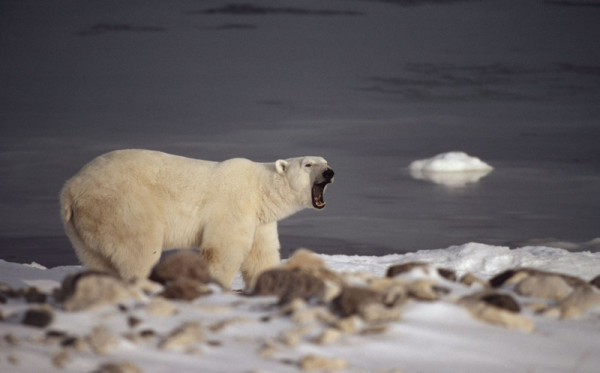The coolest week of the year celebrates the polar bear
Go on patrol with the guards that keep people and polar bears from hurting each other. Learn what Genie Bouchard, the Canadian tennis star, has to say about polar bears after visiting them in the wild. See what life is like for WWF experts working and living in the Arctic.
We’re celebrating the polar bear for the week leading up to International Polar Bear Day on February 27. Visit our blog, Facebook and Instagram to get an in-depth look at the work WWF and partners are doing to keep polar bear populations going strong.
Here’s what to expect over the next week:
- A new video featuring polar bear patrol guards and the work they do to prevent dangerous conflicts between polar bears and communities.
- Our Arctic team takes over WWF-Canada’s Instagram account to give you a behind the scenes look at life, work and research in the north.
- Photos and stories from WWF-Canada’s annual Polar Bear Dip for the Arctic.
- Genie Bouchard, the Canadian tennis phenom, on what she learned seeing polar bears up close in the wild.
- Much, much more.

What you can do for polar bears
We appreciate when you can share our stories, but we want to hear from you. What’s your favourite polar bear fact? What’s your top polar bear question? Let us know on Facebook, Twitter or Instagram using #arctichome.
Want to do more? Add your voice to WWF’s campaign to have Lancaster Sound designated as a National Marine Conservation Area. The designation will protect the 2,500 polar bears and countless other species that call the region home. Local stakeholders have been working to protect the region for over 30 years. It’s time to make protecting this important region from future oil development a priority.
Still not enough? Make a donation to support the conservation work showcased during Polar Bear Week. If you donate now, it will have double the impact. A generous donor has offered to match all donations up to $137,000.
Over the past five years, Canadians like you, along with Coca-Cola and WWF, have raised funds to support vital conservation work in the Arctic – supporting scientific studies, international negotiations, and supporting communities. During this time, we’ve seen the first-ever global action plan to protect the polar bear and the designation of The Last Ice Area as an Ecologically and Biologically Significant Area.
With a strong base of research and support, we are scaling up our efforts to protect important marine areas that protect habitats and species that help sustain communities. With your support we can build a healthy future for the Arctic.
So join us from February 22 – 27 to help protect the Arctic home of polar bears and people.



